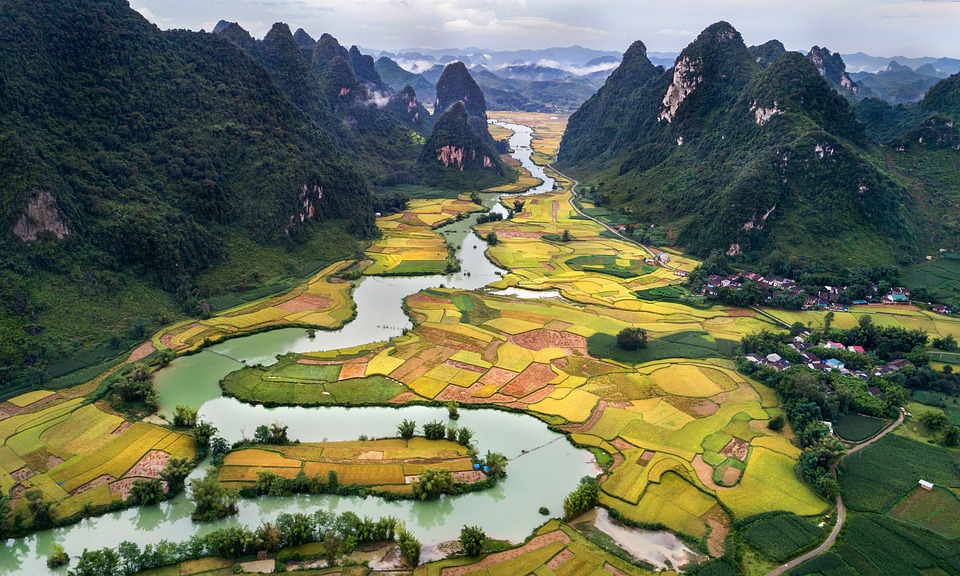Cody Williams
AP Environmental Science ♻️
252 resourcesSee Units
A watershed is a channel (stream, river) that concentrates runoff (water) to the main discharge point (a large body of water). Usually, the discharge point is at the lowest point in the watershed.
Headwaters are the beginning of a watershed. Watersheds are typically separated by ridges or mountains that form the highest part of the watershed. From here, runoff moves to lower elevations forming streams and rivers.
These streams and rivers can diverge and create sub-watersheds, but all of the runoff discharges into one point, a lake or ocean.

Image Courtesy of Pixabay
Characteristics of A Watershed
The characteristics of a watershed, like size, length, slope, rate, and present plant life, impact its production and efficiency.
- The size (area) of a watershed can be a reflection of the amount of runoff and what is created by the runoff, i.e. river, stream, or creek. It could also reflect how the runoff is discharged, i.e. the ocean or lake. It also plays a role in how much runoff can be held in the watershed.
- The length and slope of a watershed play a big factor in the runoff rate.
- Runoff is increased by steeper slopes that allow water to flow downwards with the help of gravity.
- The length of a watershed is the distance between the headwaters and the discharge point. This mainly impacts how long it takes for runoff to reach the discharge point. Hence, the longer the watershed, the longer it would take for runoff to be discharged.
- The type of soil found in watershed impacts the amount of runoff absorbed by soil as well as the vegetation. If the soil is very sandy or has large particles, the soil will take in more runoff water. In addition, if the soil is fertile, there will be more vegetation. Finally, soil can play a role in filtering water in a watershed.
- Vegetation plays an important role in soil erosion. The more plants in a watershed, the lesser amount of erosion that will take place. Vegetation can also improve soil fertility and water filtration.
🎥 Watch: AP Environmental Science Streams
Browse Study Guides By Unit
🏜Unit 1 – The Living World: Ecosystems
🐠Unit 2 – The Living World: Biodiversity
👪Unit 3 – Populations
🌏Unit 4 – Earth Systems & Resources
🏖Unit 5 – Land & Water Use
⚡️Unit 6 – Energy Resources & Consumption
💨Unit 7 – Atmospheric Pollution
♻️Unit 8 – Aquatic & Terrestrial Pollution
🔥Unit 9 – Global Change
🧐Multiple Choice Questions (MCQs)
✍️Free Response Questions (FRQs)
📆Big Reviews: Finals & Exam Prep

Fiveable
Resources
© 2023 Fiveable Inc. All rights reserved.